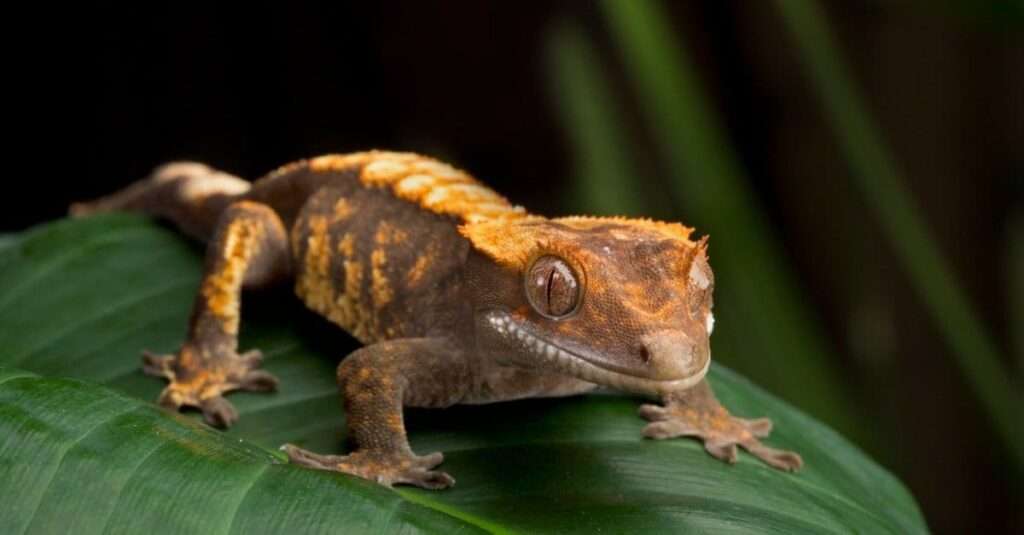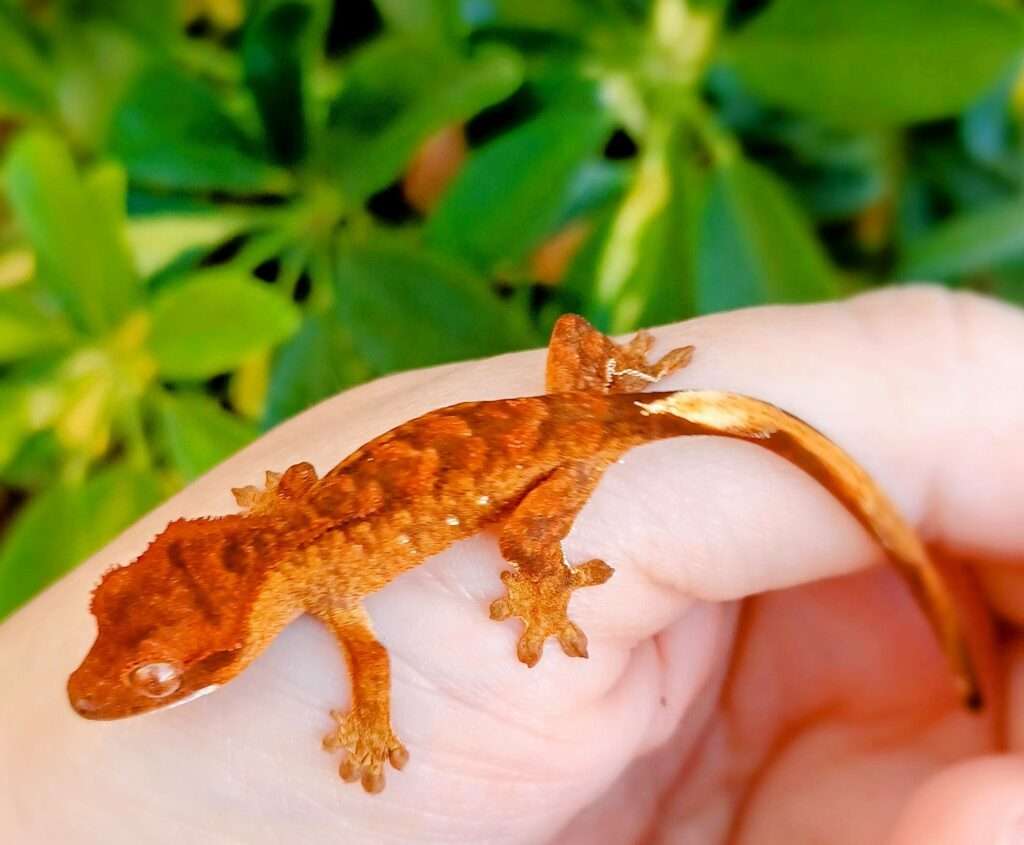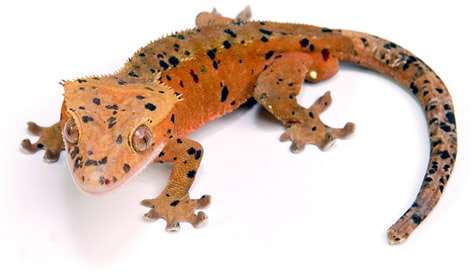
Description:
Scientific name: Heteronotia binoei
Life span: 10-20 years
Heteronotia binoei, usually referred to as the Bynoe’s gecko or the prickly gecko, is a type of lizard that belongs to the Gekkonidae family. It is covered in tiny scales that look harsh yet feel smooth to the touch. Unlike many other gecko species, it lacks expanding toe pads and has slender toes that culminate in powerful claws. It has a big head and enormous eyes that are coated in transparent scales but lack eyelids.
Native Region/Habitat
Except for the Australian Capital Territory, all of the states on the Australian mainland are home to the Bynoe’s gecko. Although it is native to Australia, it is not present in the humid southeast and southwest. Moreover, it has sizable numbers on Barrow Island and lives on several islands off the west coast.

Behavior:
Nocturnal. Gecko on land that is small. If there is enough room and food, these parthenogenetic females can be kept alone, in pairs, or in larger groups of up to four or five animals. Bullying is uncommon but can happen, particularly between people who are very different in size. Separating bullied individuals is a good idea.
When pursuing prey, this species may chirp and wag its tail with excitement.
Care As a pet/In captivity:
Housing: A 12x12x12 or 10 gallon cage can be used to house a solitary animal, a pair of them, or a trio. More people can fit inside larger enclosures. This exclusively female species can live in groups as long as the individuals are all roughly the same size. Those who are bullied should be removed if necessary, and the group should be watched carefully. As a substrate, sand or Desert Bio Bedding works nicely. There should be plenty of hides available. Slate, cork flats, or even commonplace objects like tipped-over flower saucers can be used.
Temperature: In the middle of the 1970s, keep Bynoe’s geckos. Give a warm area for soaking (85–90 F). You might use a low-wattage basking bulb or an under-tank warmer. A digital thermometer should be used to measure temperature. A temperature gun or infrared thermometer can be used to check the location of the basking area. Temperatures at night shouldn’t drop below 65 F. UV light is not necessary because this gecko is nocturnal.
Diet: The Bynoe’s geckos love bugs with a passion. Thankfully, we offer every feeder bug that your Bynoe’s gecko will require. It is advised to consume dubia roaches or crickets as a standard diet. Waxworms, black army fly larvae, and small mealworms can occasionally be provided as food.
Humidity: Maintain a 30–40% humidity level for Bynoe’s geckos. A digital hygrometer should be used to measure ambient humidity. A humid hide is highly advised. Mist the habitat lightly two to three times a week, or once every other day. As a result, the humidity will increase and there will be dew on the cage’s walls and other objects that they can drink from. However, sufficient ventilation must be offered so that the enclosure can eventually dry out after a few hours. With routine misting, a shallow water dish is not necessary but can be offered. Using a water dish also won’t eliminate the requirement for routine misting.
Table





